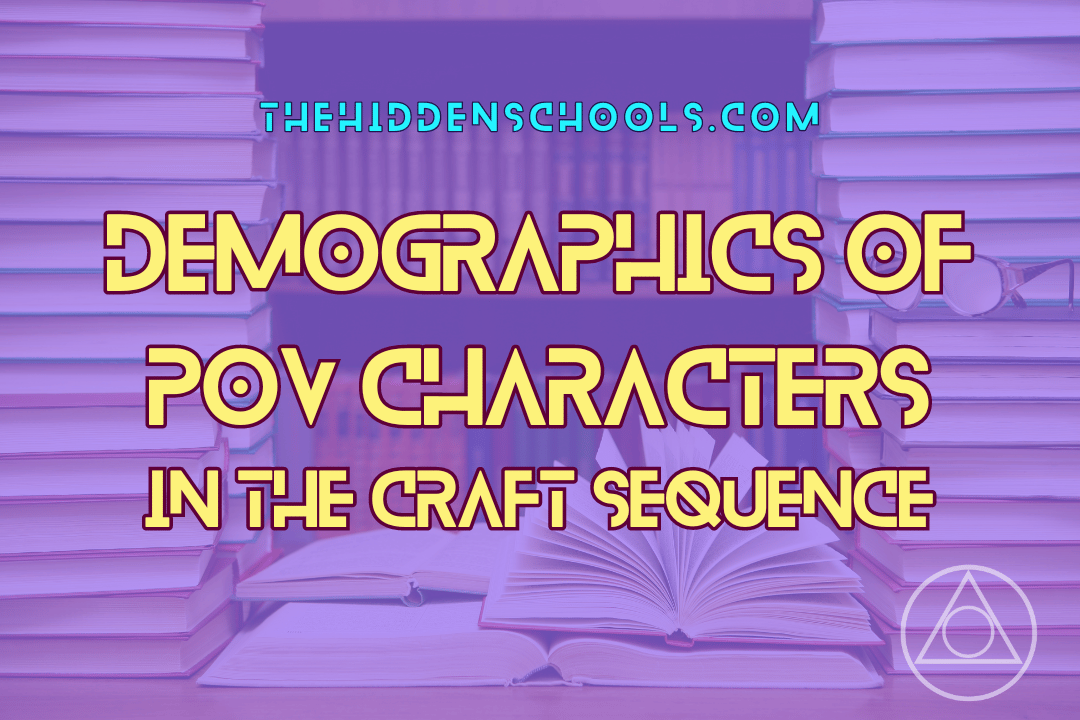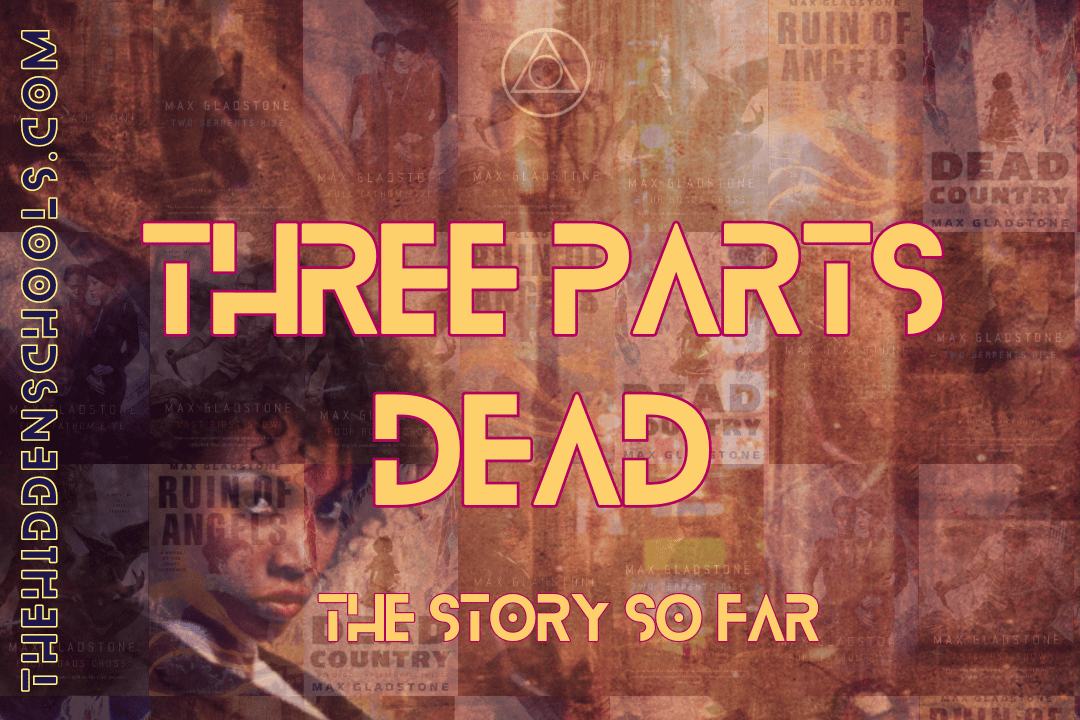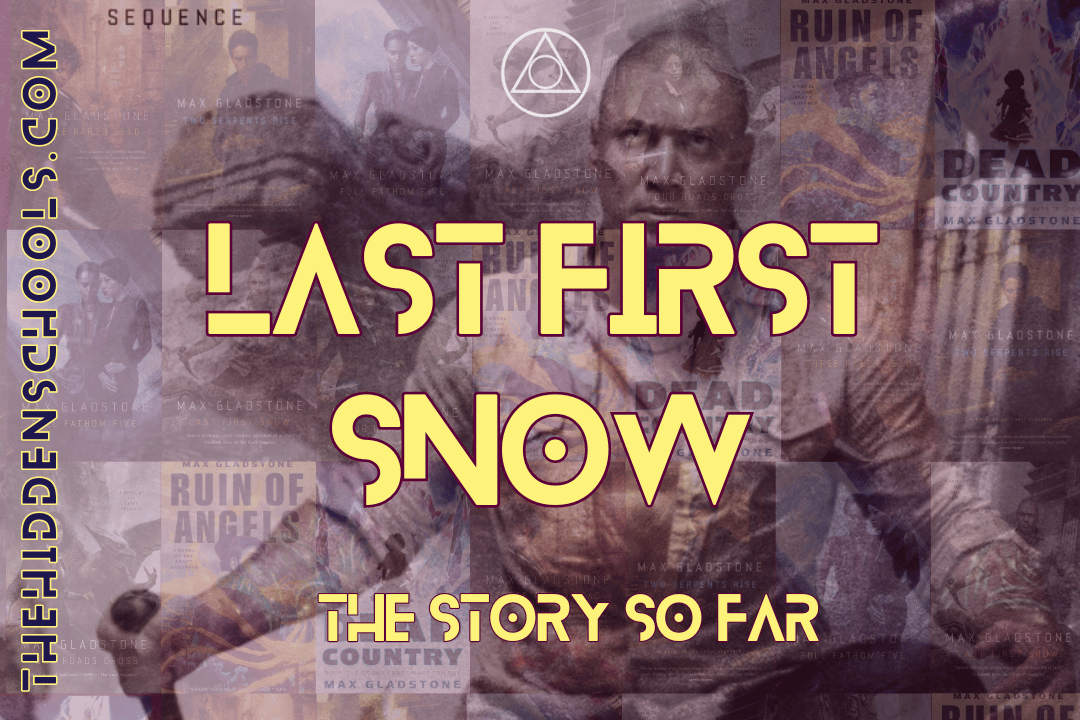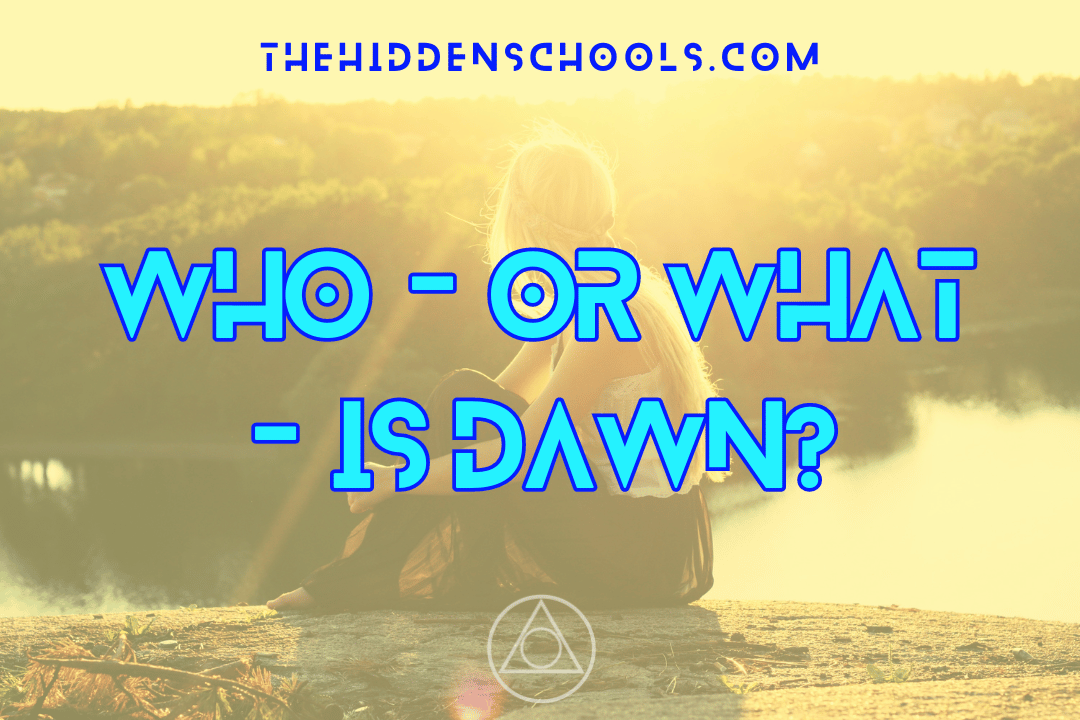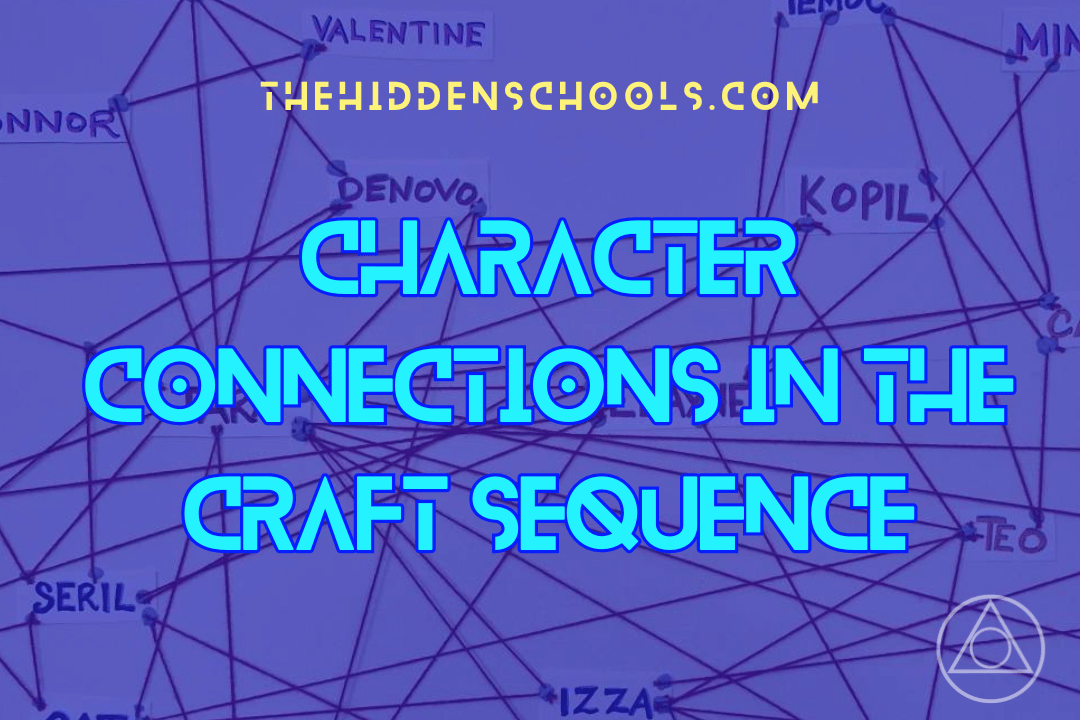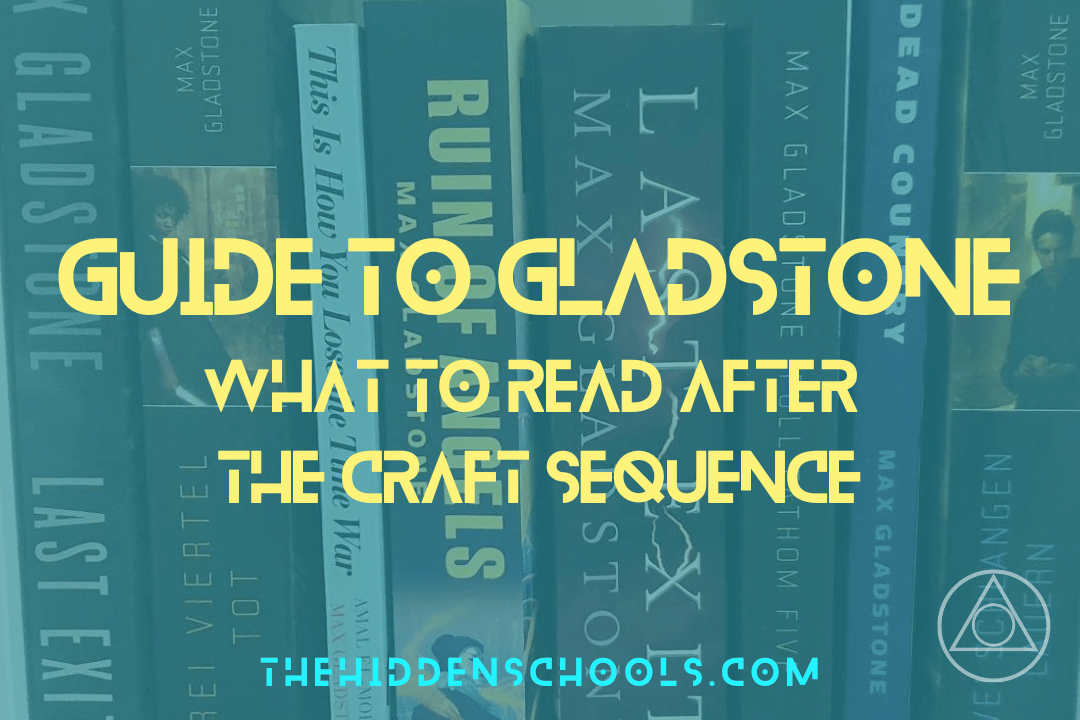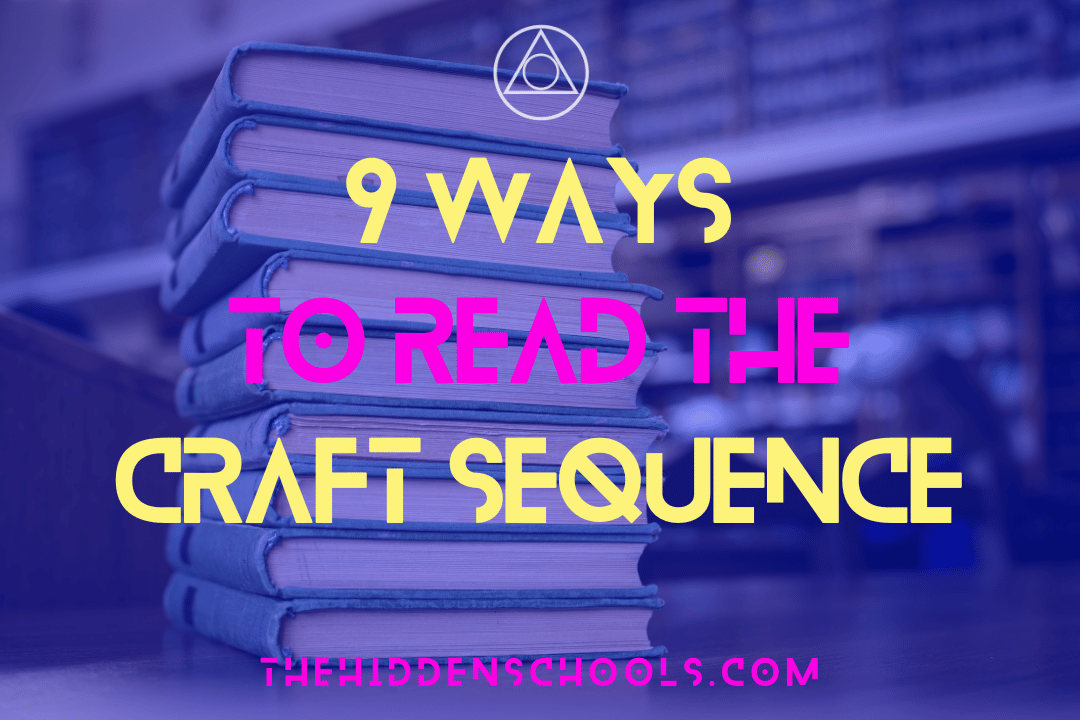Demographics of POV characters (UPDATED 2024)
Updated April 2024 post-Wicked Problems.
You’ve hopefully seen our breakdown of every POV character across the Craft Sequence novels – check out the post for the basic info and disclaimers. We’ve now done some basic analysis of the data along demographic lines, so strap in for a deeply nerdy ride.
You can check out the data here. First sheet is all the data used in the first article, and you can see the demographic data in the next sheets. It’s messy because I only just decided to share it in this way now and I really can’t be bothered smartening it up.
The ‘analysis’ is incredibly basic. I am about as far from a data scientist as one can be; I barely scraped a pass in Quantitative Data Analysis at grad school, and deeply regret taking the class in the first place. But, as with many things in this fandom, we’re building from the ground up and to the best of my knowledge there is no more in depth analysis out there.
The selected demographic data is:
gender
race
type of magic used
on-page LGBTQIAP+ representation
More on each in the relevant section.
As in the original article, we’ve broken it down by every single POV character no matter how little page-time they get, and those who have more than 1% of total POV across the series. In the descriptions, I’m also comparing to my old data which was pre-Dead Country and thus pre-Craft Wars, for anyone interested.
Let’s get started.
Gender
Categorisation here was based on pronouns used and any references to gender, giving us female, male and unknown or N/A. There are no non-binary POV characters that we are currently aware of.
Of the 44 POV characters, 23 are female and 21 are male. This is actually much more even than I expected, as I always think of the Craft Sequence as very female dominated. However, when you look at the page distribution, it’s more what I would have thought – 2176 pages (73.83%) are from the perspective of a female character, and only 588.5 (25.64%) are from the POV of a male character. Despite Tara narrating the entirety of Dead Country, this has changed very minimally (less than a percentage point) since before the Craft Wars series started.
When we look solely at characters with more than 1% of page-time, the percentages are very similar but the numbers are quite different: 9 female characters and 4 male, representing 69.62% and 22.44% of total POV pages. Male POV rose a little while female fell, but the change from pre-Craft Wars is minimal - less than a percentage point each way. The rest are taken by the many characters with less than 1% of page time.
Race
This was a tricky demographic, as the lines of race and ethnicity don’t necessarily line up with our understanding of them. Suggestions on how to better categorise are welcome.
We ended up with the following categories: Kavekanese, Quechal, Talbeg, Dhisthran, Schwarzwalden, Black, and White. The latter two feel out of place but are the best we could work out. White characters originate from pseudo-Europe, but most that we see are Northern Kathic / North American, descended from migrants.
There was also uncertainty around the labelling of ‘Black’; Tara is also Northern Kathic, but Black people appear to by a minority judging by the way she stands out in Alt Coulumb. I had previously also said Edgemont here, but it’s clear in Dead Country that most of her neighbours are also dark, though exact classification escapes me. Her family’s original ethnicity, race, or nationality prior to migration is unclear other than her mother’s family being from the Southern Gleb (and I say migration, because there has not been a mention of an equivalent to the enslavement of Black people, but can’t say for sure). Izza is the other Black character, and she is described as Talbeg – however, she has darker skin and a different ethnic background than the Talbeg characters we meet in Alikand/Agdel Lex, being from the Southern Gleb. I categorised her with Tara here, but an argument could be made to put her in the Talbeg category. This was confirmed to me after Dead Country when it became clear that Tara’s mother’s family at least originated in the Southern Gleb.
Kavekanese approximates to Pacific Islander, Quechal to indigenous Meso-american, Dhisthran to South Asian. I’ve included Schwarzwalden for Eberhardt Jax, as he’s described as darker than most founders Kai met in Agdel Lex, but there’s nothing more specific. Furthermore, in Ruin of Angels, the only other Schwarzwalden we see on-page is also described as dark-skinned. The Schwarzwald is based off real world Germany in Europe, but that doesn’t mean they are necessarily white. This doesn’t make a huge difference as Jax has 0.1% of total page time, but I wanted to reference it..
Across the entire series, in terms of POV we have:
2 Black characters - 860 pages, 29.18% (increased 4% because of Craft Wars)
19 White characters - 719 pages, 24.4% (increased almost 1% because of Craft Wars, due to Dawn and Abelard)
10 Quechal characters (though, you’ll see in the other article that I’m possible over-egging this with the inclusion of Kopil) - 609.5 pages, 20.68% (increased 3% because of Craft Wars, due to Caleb and Temoc)
2 Kavekanese characters - 523.5 pages, 20.29% (down nearly 3% because of Craft Wars)
5 Alikand Talbeg characters - 191.5 pages, 6.5% (down 2% because of Craft Wars and zero characters present)
1 Dhisthran character - 6 pages, 0.2% (down 0.2% because of Craft Wars and zero characters present)
1 Schwarzwalden character, 4 pages, 0.1% (first time represented)
N/A – 4 characters (gargoyles, a golem, and a demon) - 33.5 pages, 1.27% (down 0.2% because of Craft Wars and zero characters present)
Despite the disparity in number of POV characters, you can see that Kavekanese, Quechal, Black, and White characters have similar proportions of page time overall. Kai does the heavy lifting for the Kavekanese side, as Ley only has 2.5 pages of POV time, and Caleb definitely skews the Quechal as he has the vast majority of page-time in Two Serpents Rise.
But what’s the picture when you look solely at POV characters with more than 1% of page time? Well, while the numbers of characters in each category change quite dramatically, the percentages of page-time surprisingly don’t.
References to up and down are compared to pre-Craft Wars numbers.
2 Black characters - 860 pages, 29.8% (up 4%)
5 White characters - 637 pages, 21.61% (up 1.6%)
1 Kavekanese character - 521 pages, 17.68% (down 3%)
2 Quechal characters - 514.5 pages, 17.46% (down 2%)
2 Alikand Talbeg character - 181 pages, 6.14% (previous data was incorrect)
Magic
This one appeared easy – surely it’s just the Craft, Applied Theology, and no magic? Wrong. There are a fair few characters who use some other form, without it being super clear how to define that specific form of magic, and two who use both (Mal and Alaxic). Arguably the latter category could be larger as Tara is technically a priestess, but I think if you called her an Applied Theologian she would murder you (and then bring you back, with the Craft, to prove a point) so I have refrained.
I also thought that characters using the Craft would be the majority – it is, after all, called the Craft Sequence. But no! Applied Theology comes out on top.
Over the whole series, there are 14 POV characters who use Applied Theology to some extent or other. This includes the likes of Abelard and Temoc, who use traditional Applied Theology, along with Kai’s Kavekanese priesthood version, untrained prophet Izza, and worshippers like Bescond and Fontaine.
These 14 characters have 1128.5 POV pages between them, representing 38.29% of the series so far. This is a 5% reduction compared to pre-Craft Wars, largely due to Tara and Dawn.
In comparison, there are only 9 POV characters who use the Craft (and again, my inclusion of Kopil is dodgy), representing 1075 pages and 36.47% of page-time - up around 8% since before the Craft Wars series.
2 characters (Mal and Alaxic) use both the Craft and Applied Theology, but between them they only have 22.5 POV pages or 0.76% of the series, a negligible difference since before Craft Wars. 9 characters use no magic, over 295 pages or 10.01% of the series, a drop of nearly 3% since before Craft Wars, as we have no additional POV pages from this group.
The most interesting category to me is ‘other’ – and some people may dispute my categorisation here. In the ‘other’ magic category, there are 10 POV characters. I include the likes of Caleb, as his way of using his scars seems to be neither Craft nor Theology, Hala’aman from Ruin of Angels, Zack the golem from Last First Snow, Raz the vampire, Teo due to her weird sacrifice scar thing, Jax because of whatever the hell he’s doing in Wicked Problems, Vogel the zombie, the unnamed mail demon in Agdel Lex, and the art-science-Craft-ish-ness of Alethea Vane and Ley Pohala.
All but Caleb only have a handful of POV pages so are statistically insignificant, but as Caleb narrates almost the entirety of Two Serpents Rise and decent part of Wicked Problems, this category as a whole covers 410.5 pages or 13.93% of the series, with very little change between the old set of data and the new.
Once again, when we look solely at characters who have more than 1% of total page-time, the numbers of characters change dramatically but the percentages only waver a little.
We have 5 Applied Theologians (Kai, Izza, Cat, Temoc, and Abelard) with 1089 POV pages, or 46.95% of the series, around a 3% drop from pre-Craft Wars data. There are only 3 Craftspeople here, but as they are Tara, Elayne, and Dawn they punch above their weight with 1038 pages or 36.95% of the series. This is a 10% jump from pre-Craft Wars data, so the most signfiicant change so far. Caleb is the only person in ‘other’ but he has 374.5 pages or 12.71% of the series (barely 0.1% change), and our 3 non-magic users (Zeddig, Raymet, Matt Adorne) narrate 212 pages or 7.19% of the series. Chel and Mina got kicked out the over 1% club, meaning the number of characters, pages and the percentage all dropped. Under-1% characters are now 7.93% of the total.
LGBTQIAP+ Representation
I wavered for a while on how to categorise this one, and concluded that it would be based on clear, on-page LGBTQIAP+ representation versus anything other than that. I’m therefore not marking any characters as explicitly not LGBTQIAP+. There are very likely some cis-het characters, but until Gladstone tells us that’s how they identify then I’m not categorising anyone that way.
Here’s the best update since before the Craft Wars: Tara is explicitly LGBTQIAP+ on page so these stats are changing dramatically.
Kai and Jax are the only trans character to have POV pages, and have been included here to avoid splitting up the queer rainbow. No LGB without the T and such.
Over the entire series we have 11 POV characters with clear LGBTQIAP+ on-page representation, up from 7 pre-Craft Wars: Tara, Kai, Zeddig and Ley, Raymet, Hasim and Umar, Alethea Vane, Jax, Teo and Kopil. The Kopil thing is, as said above, a bit dodgy but it doesn’t really make a difference to the wider stats.
These 11 characters have 1384.8 POV pages, or 46.99% of the series. This is almost 20% higher than pre-Craft Wars, largely due to being able to now include Tara Abernathy. The remaining 1547 pages / 52.49% go to the rest of our characters who do not have on-page LGBTQIAP+ rep.
When we look only at those characters with more than 1% of page-time, the percentages again waver only a little - but become almost equal, again due to Tara and her 661.5 pages. We have 4 clearly LGBTQIAP+ characters above 1% of page-time, with 1327 pages or 45.02% of the series, and 8 characters without clear rep, for 1350 pages or 45.39% of the series.
And that’s it for now! As in the previous post, you are welcome to use this data for your own analysis, just link back here.
What do you think? Let me know - and don’t forget you can subscribe to be the first to hear about new articles and fun projects in the pipeline. Like what we do here? Tips welcome on ko-fi to help pay for the site!

